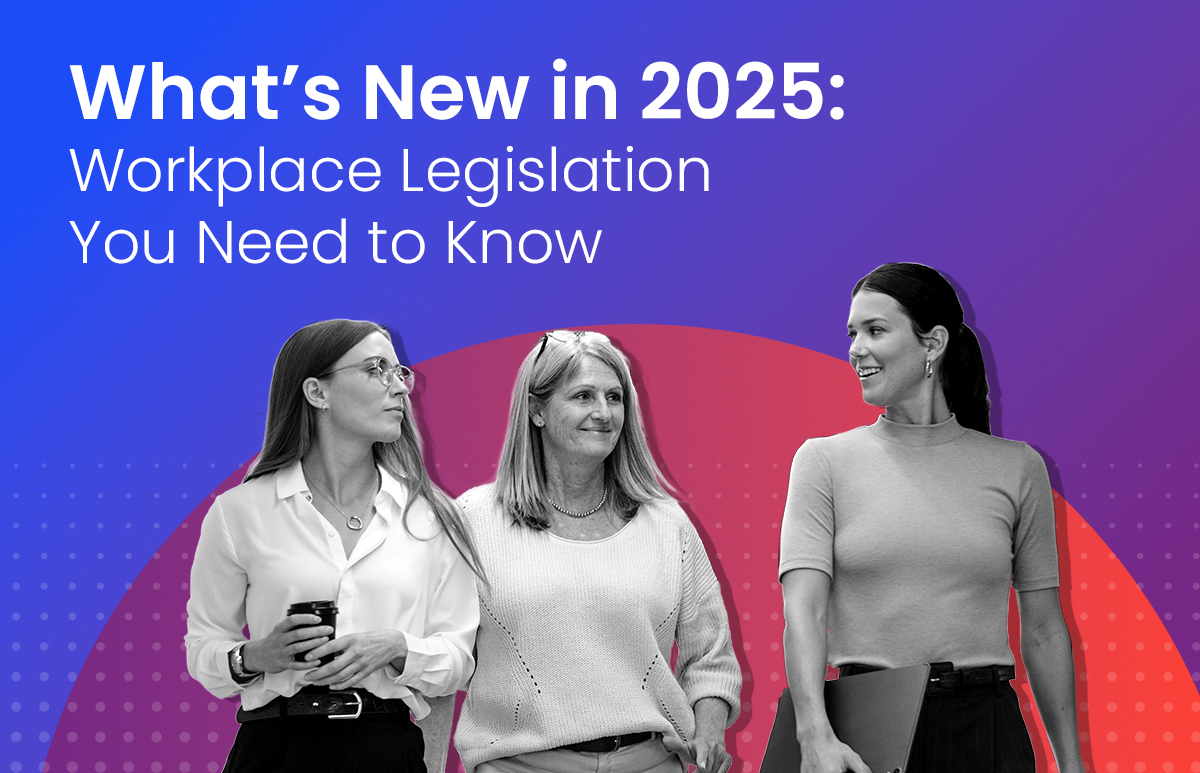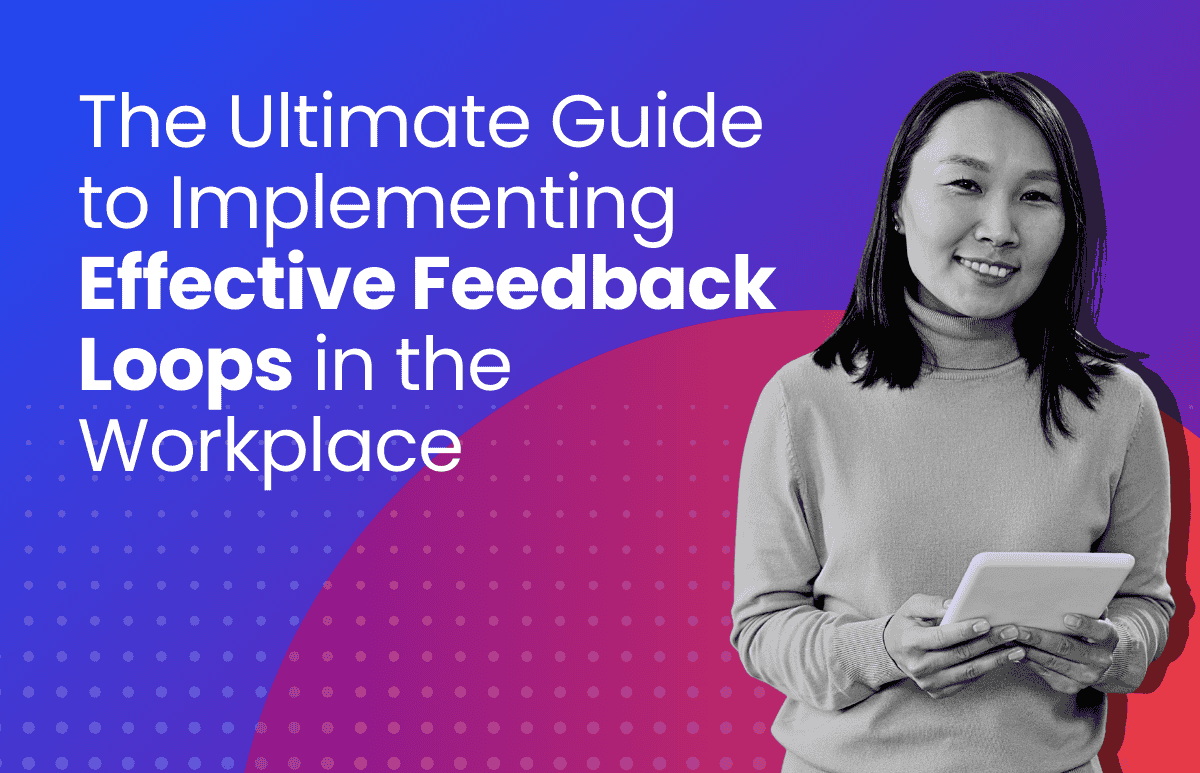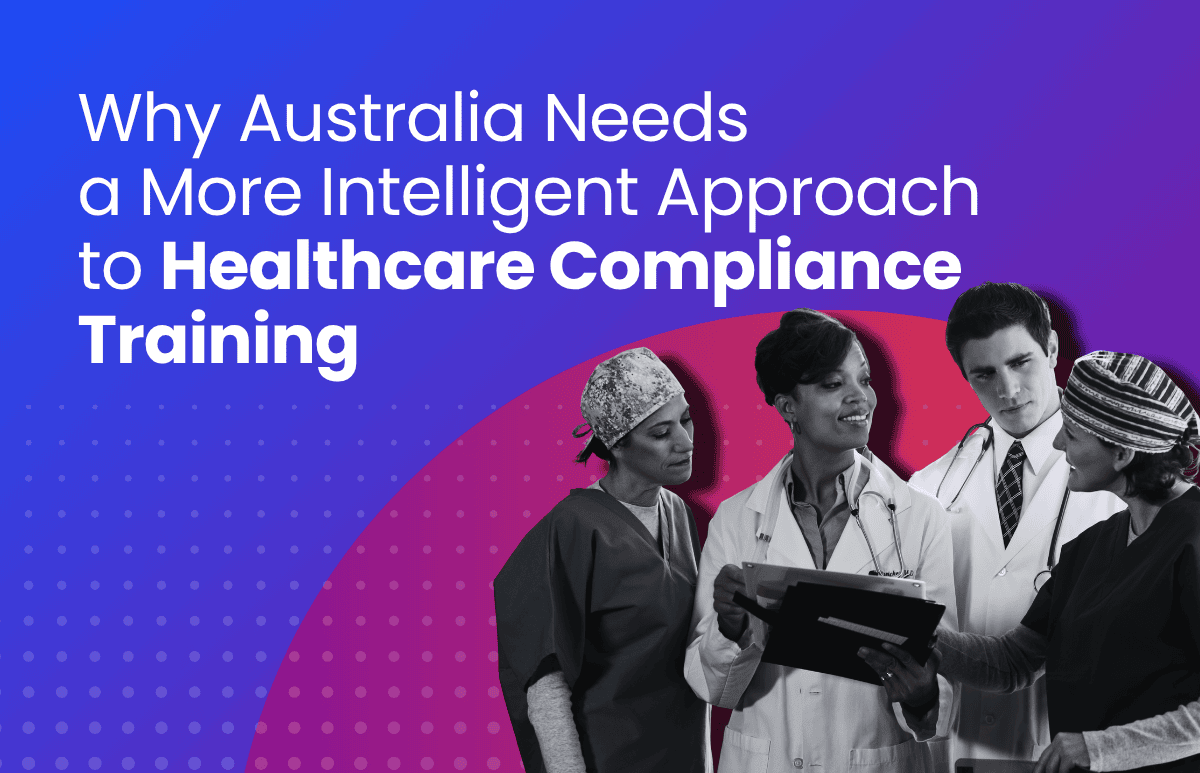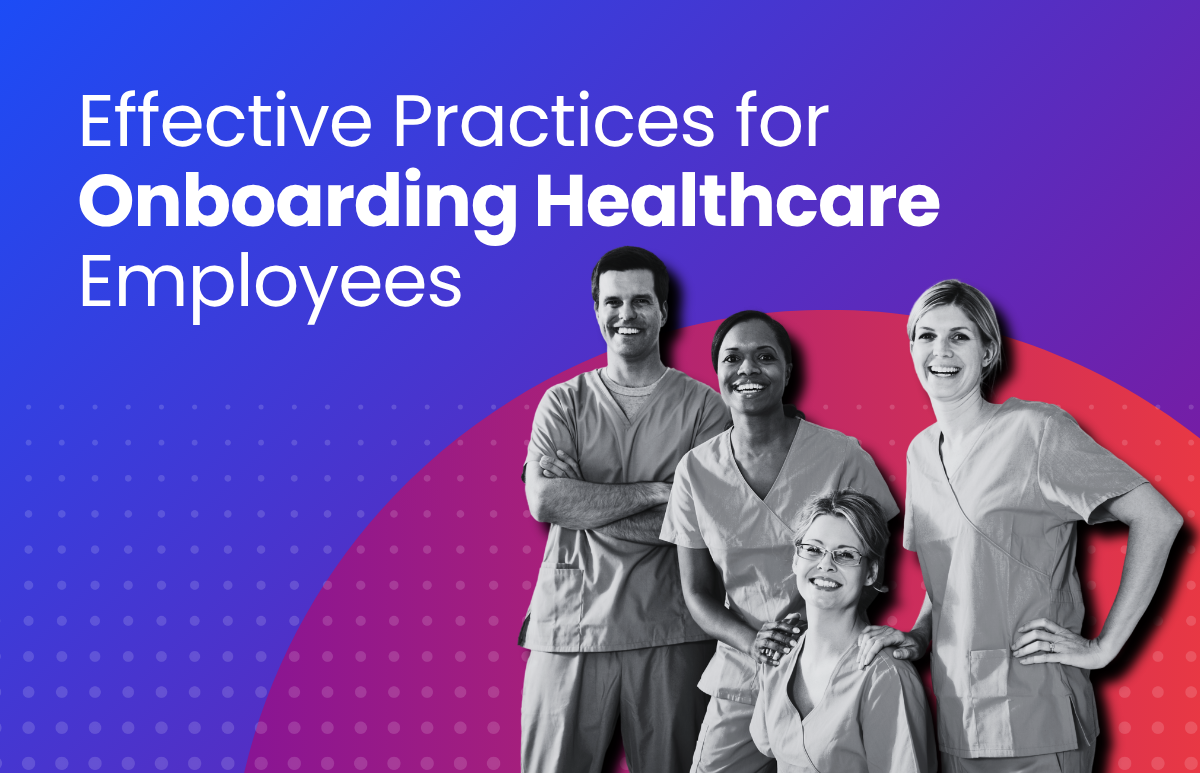New Workplace Legislation You Need To Know For 2025
As 2024 fades into the background and a new calendar year settles into place, it’s a great time to prepare your organisation for upcoming legislative changes.

Planning for these changes now is the best way to shield your business from potential penalties, ensure compliance, and position your organisation for success. Don’t risk being caught off guard.
From fair pay, the right to disconnect, to super changes, there are a few things to keep in mind as we head into 2025.
Wage theft laws are being strengthened
As of 1 January 2025, Australia’s newly strengthened wage theft laws came into play to better protect employees. It’s a wise time to double check your payroll details and ensure everyone is being paid correctly as set out under their modern awards or enterprise agreements.
According to the Fair Work Ombudsman, “From 1 January 2025, intentional underpayment of wages or entitlements can be a criminal offence. This doesn’t include honest mistakes”.
Make sure you are abiding by:
- The National Employment Standards
- Award and agreement obligations
- Pay slip and record-keeping obligations
- Compliance notice requirements.
If in doubt, always refer directly to the Fair Work Ombudsman.
The right to disconnect increases its scope
Australia’s right to disconnect laws commenced on 26 August 2024 for medium to large businesses. These changes mean that eligible employees now have the right to refuse employer or third-party contact outside of working hours.
From 26 August 2025 the right to disconnect will extend to small business, so every employer in Australia will need to be prepared.
It’s a prudent time to ensure you’ve revised your HR processes and have training in place to manage these changes professionally and fairly. Some ways this can be handled:
- Revising and discussing employee contracts
- Updating internal policies and documentation
- Training for managers and key staff on these changes and how to hold potentially difficult conversations
- New HR processes to manage employee contact preferences.
Paid parental leave changes
As of 1 July 2025, 12% superannuation will be paid on government-funded parental leave. This initiative aims to reduce the gender disparity in retirement savings, as women often take career breaks to care for children.
While this is a government funded exercise, as an employer you can assist by understanding these changes and provide support for new parents in your organisation.
Getting ready for new superannuation rates and Payday Super
There’s two super changes you need to be aware of this year. Firstly, make sure you’re prepared for the boost to super contributions from 11.5% to 12%, which will kick in from 1 July 2025.
The second will be preparing for next year’s introduction of ‘Payday Super’. As a reminder, Payday Super will require every employer to pay superannuation every pay period, rather than the current requirement of quarterly. Yes, you have a little bit of leeway here, as the new super rules won’t kick in until 1 July 2026.
However, preparation should begin as soon as you can, so your systems are locked in and ready to go. You can pre-empt these changes by:
- Reviewing your payroll processes and systems in readiness for the new requirements
- Communicating the upcoming changes to employees
- Staying informed about legislative updates, including potential penalties, leading up to the implementation dates.
Easy ways to make sure you’re always prepared for new legislation
Since regulations, compliance, and legislation are constantly in flux, it’s important to have agile processes and solutions in place that can adapt to any changes that come your way.
Here’s a few ways you can be prepared for new or updated legislative changes at any time:
- Decrease your reliance on manual processes and documentation
- Adopt modern HR and payroll software solutions that are regularly updated and ideally integrated
- Ensure you have a learning management system that can distribute and record new training and compliance
- Maintain a centralised employee documentation database that allows full visibility of employee records
- Continually ensure proper governance through management training and communication processes.
With a bit of planning and foresight, you’ll be able to handle these changes with confidence as we cruise through 2025.
Disclaimer: Please note that the information in this blog is not exhaustive and is intended for general information purposes only. It does not constitute legal or other advice. Always seek professional advice.
 HR Core
HR Core 









